Lantau Island, the largest of Hong Kong’s nearly 200 islands, is home to the Tian Tan Buddha, Hong Kong Disneyland and the international airport. With indigenous forests covering roughly half of Lantau, it’s easy to forget that you’re still in one of the most densely populated cities in the world. In fact, the island provides many opportunities for outdoor recreation, with hiking trails connecting Lantau’s peaks and sandy beaches lining its shores.
No visit to Lantau would be complete without a stroll through Tai O, a small village on its west coast. While Tai O attracts many tourists, it is a working fishing village that offers a fascinating glimpse of local life. Freshly caught fish and seafood are sold in shops while more fish are left to dry in the sun. Shrimp paste, duck eggs and salt are also produced on the island. Houses back against the water, many standing on stilts. Wooden walkways have been built over the water to connect the neighborhood and give residents ready access to land, though boats are still the most popular means of transport.
For such a small village, there are dining and shopping options galore. Kat Hing Street is the main drag through town, with both sides lined with cute cafes and stores. Melt is a fabulous little restaurant owned and operated by a friendly Filipino woman named Alma. The menu was inspired by her British husband and goes nicely with the large selection of ice-cold beers in the fridge. A few doors down, Solo Cafe has a prime waterfront location and it can be a challenge to find a seat on the deck during peak times. I found the honey-lemon drink with soda and the fruit salad with yogurt and granola the perfect refreshments for a steamy day!
My day actually began with a visit to Ngong Ping Plateau, site of the Tian Tan Buddha. Created in 1993, it is the largest bronze seated Buddha image in the world. Having skipped this attraction on my first visit to Hong Kong, I thought it time to pay my respects.
Ngong Ping can be reached by bus and cable car, with both options available from outside the Tung Chung MRT station. I bought a combination pass (HK$155 / US$20) that would grant me one ride on the cable car and unlimited bus rides so that I could travel easily to and from Tai O fishing village. This ticketing option is only available at the counter in front of the buses; the larger counter upstairs only sells more expensive packages with round-trip cable car rides.
Even though I bought my pass downstairs, I still had to wait for over half an hour in the same long line for cable car tickets as everyone else because I had to show my newly bought pass at the counter upstairs to get an actual ticket for the cable car. To recap: one waits in line to buy a cable car pass, then waits in line to exchange the pass for a cable car ticket. The family behind me holding a receipt for an online pass purchase was as frustrated as I was.
Then I saw the line for the cable car ride – that’s right, where one must wait to redeem the ticket for the ride! Now committed to the route, I was kicking myself for not taking the bus. After spending nearly an hour in semi-patience, I joined a Shanghainese family and three folks from Holland in a glass gondola for the 25-minute ride to the peak. Admittedly, the scenery was gorgeous.
There is a small tourist village at the base of the Buddha with decent souvenir shops and a variety of dining options. Displays of cable cars from around the world are set up along the path to the Buddha and, curiously, cows graze between them. I think they are just meant to distract you from the 268 steps you are about to climb.
There is no entrance fee to view the Buddha, though you can buy a ticket for lunch at the on-site vegetarian restaurant. Confused by the sales counter at the foot of the stairs, I bought a HK$30 ticket for the museum inside the base of the statue. Then I started my ascent under an unrelenting midday sun, pausing frequently to guzzle water and wipe sweat from my eyes.
Once at the top, I poked my head inside the small museum which, unless you are a devout Buddhist, can probably be skipped, and circled the platform to admire the Buddha from all sides. Then I picked up my “free” bottle of water and ice cream – included in the cost of the museum ticket and more cheaply bought individually – and made my way back down.
Since I was already there, I figured I might as well check out the nearby Po Lin Monastery, a Buddhist complex dating to 1924. Wouldn’t you know it, the main sanctuary was closed for restoration work! Chalking this misadventure up as a loss, I quickly found the bus to Tai O and headed for greener pastures. It was neat to see the Tian Tan Buddha, and I enjoyed “hanging out” with the folks in my gondola, but I’m just not sure it was worth the effort to get there. Had I to do it over again, I would start the day with a bus ride to Tai O, then take the bus to Ngong Ping later in the afternoon, saving the cable car ride for the way back. Or maybe I would skip the Buddha altogether and stay in Tai O for sunset cocktails. Now that’s some nirvana!
Practicalities
Bus stops are well-marked and the routes are easy to navigate. During the week, buses run every 20 minutes starting at five past the hour. The cable car runs from 10am – 6pm weekdays.
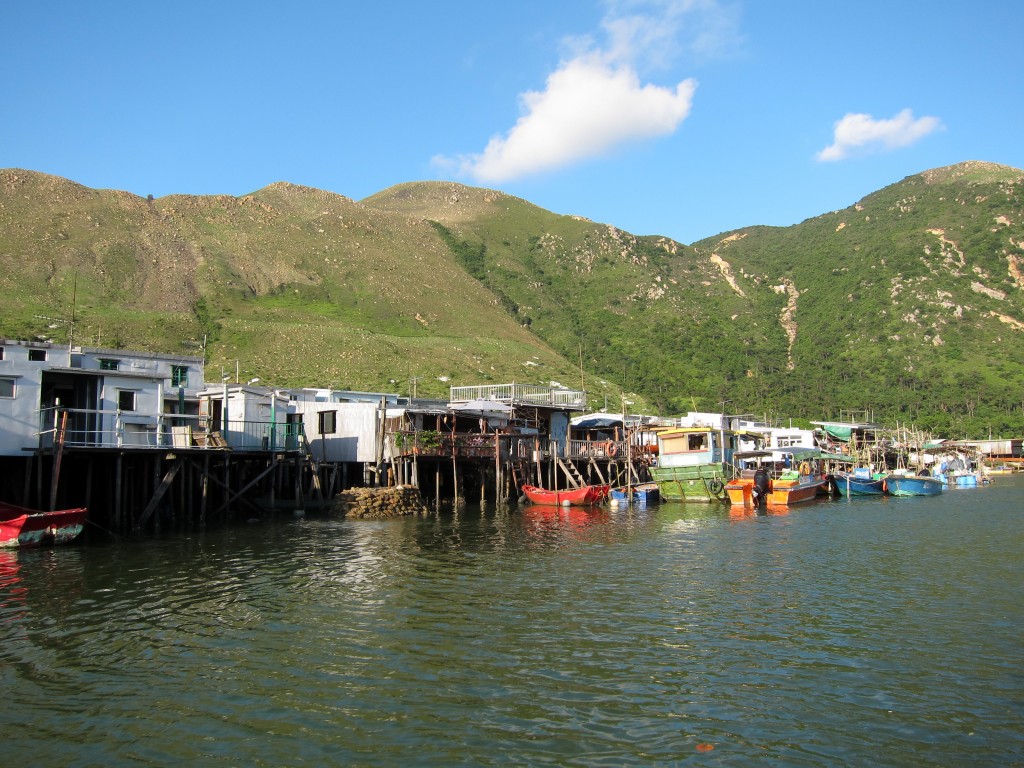
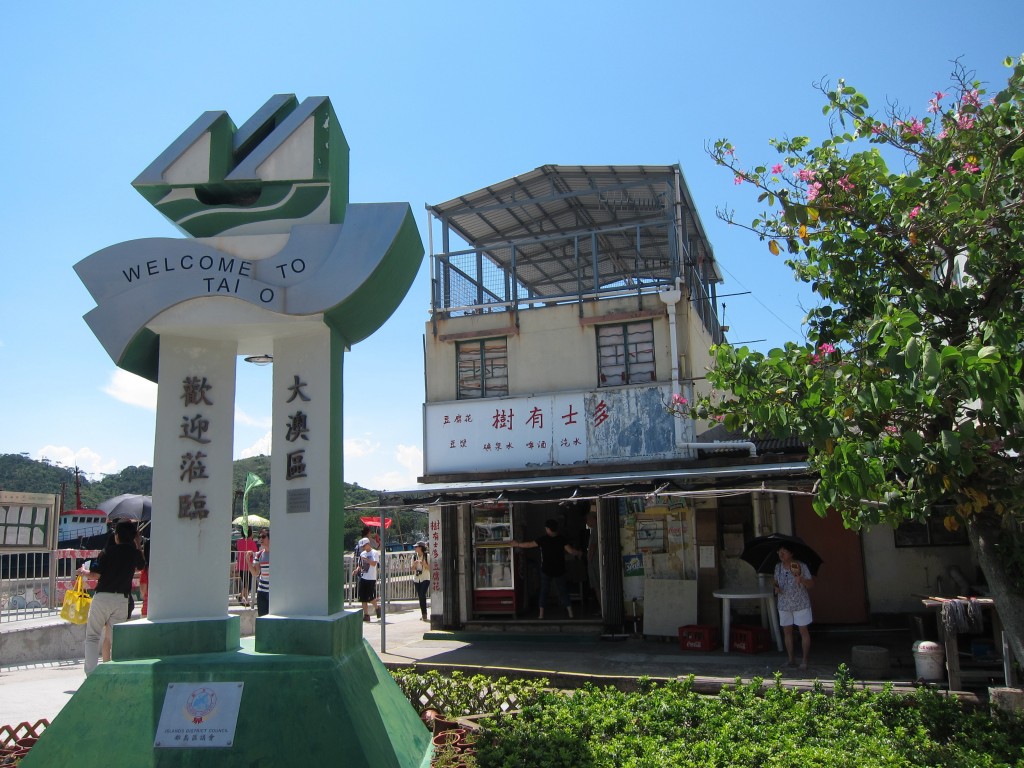
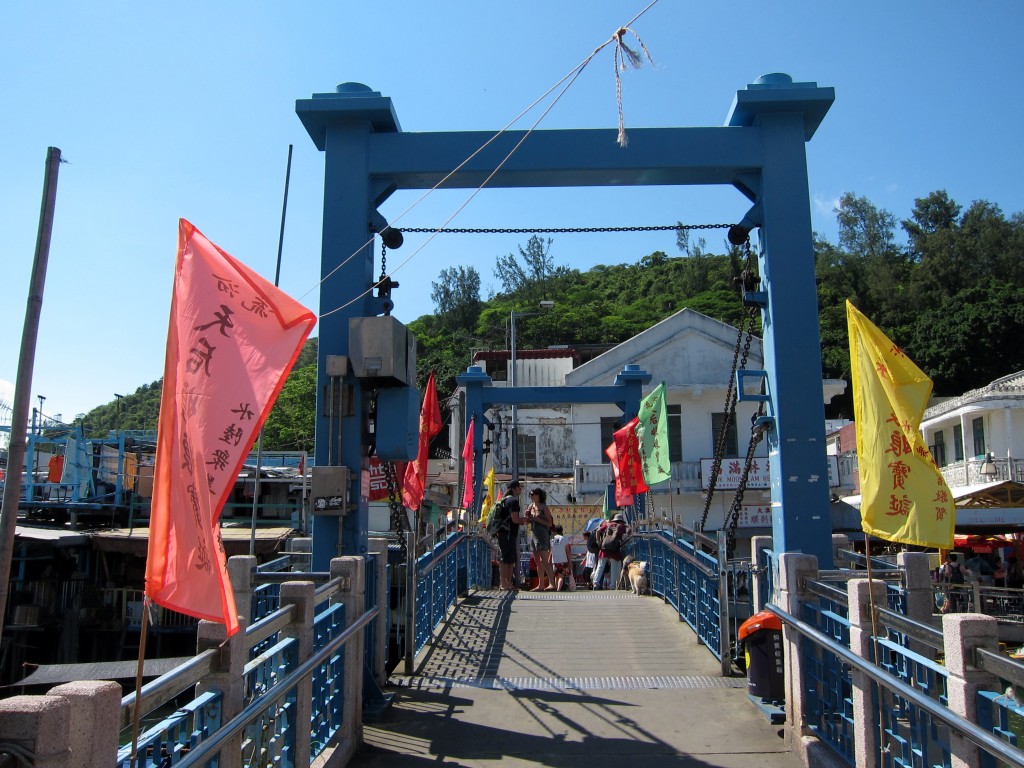
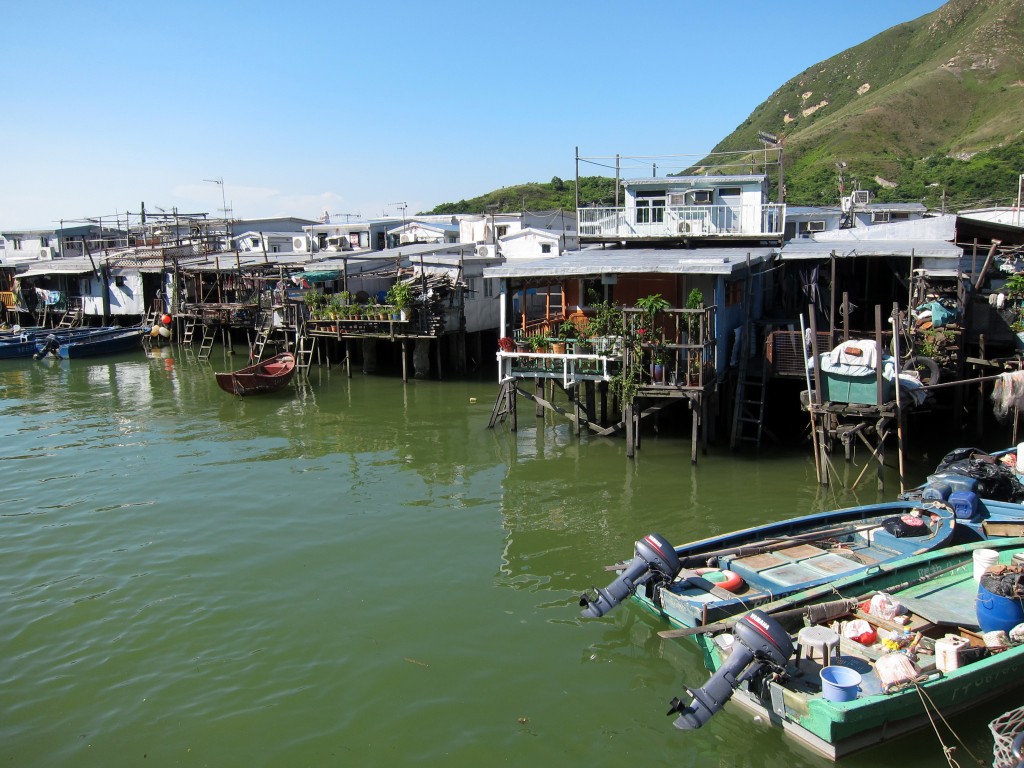
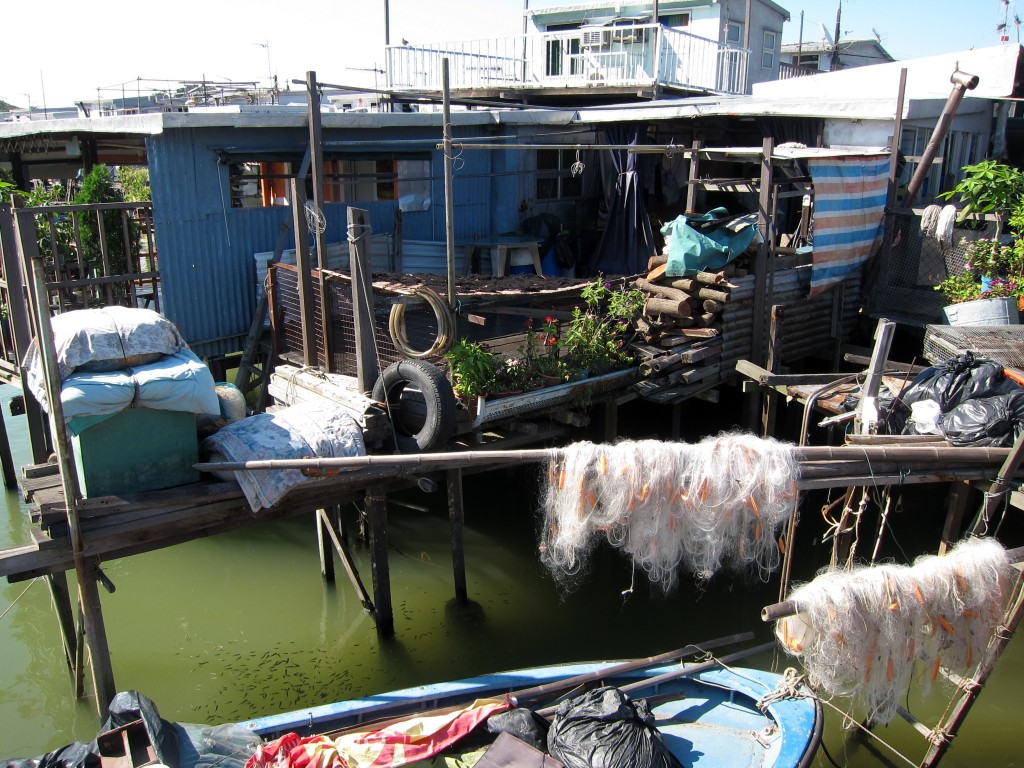
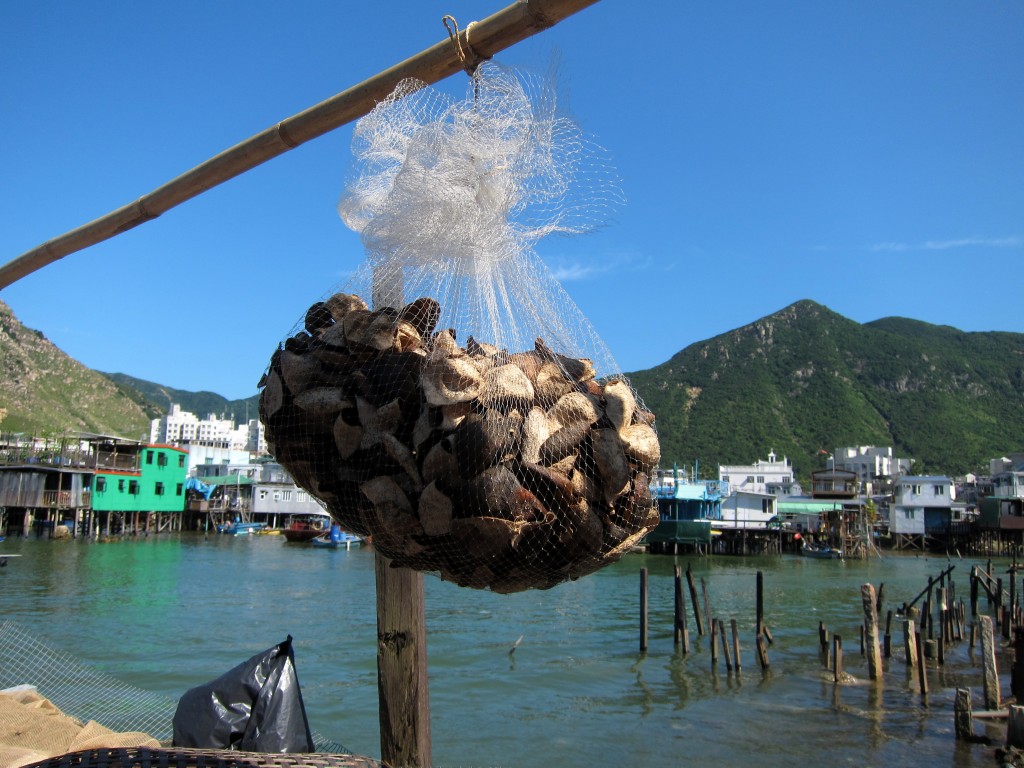
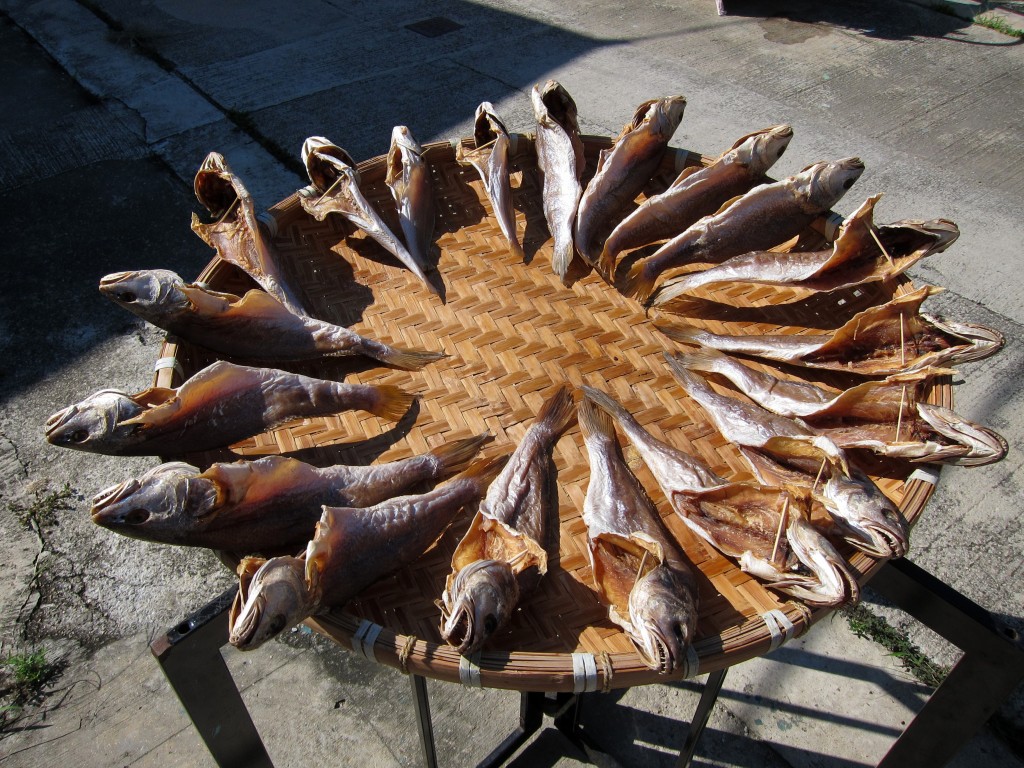
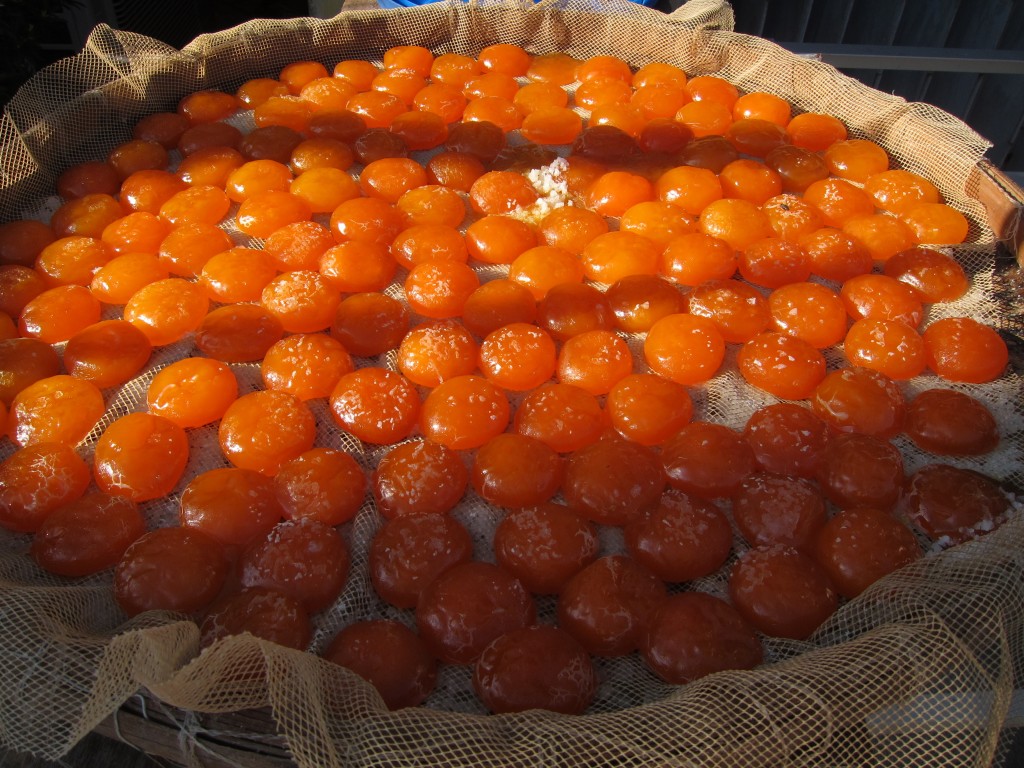
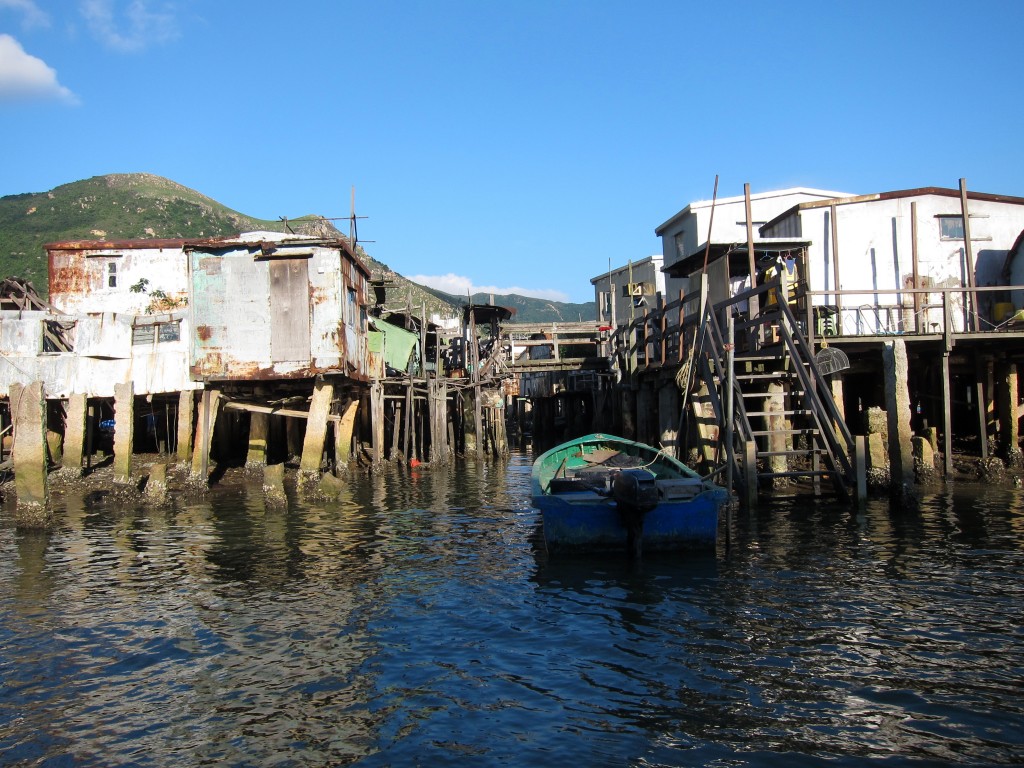
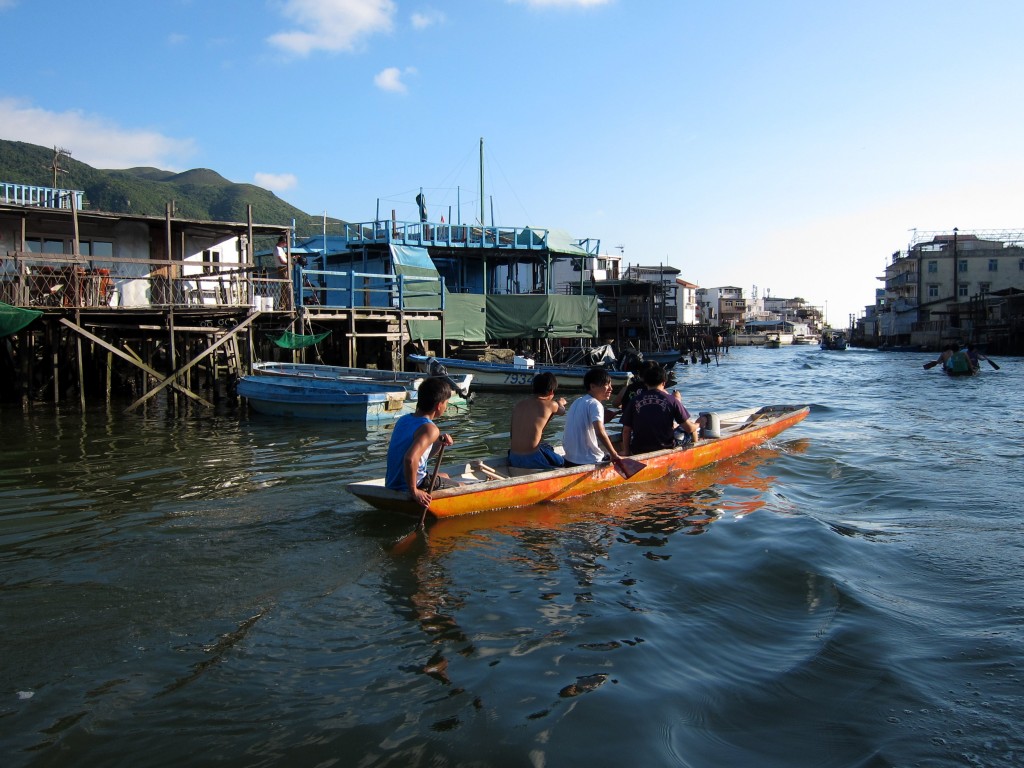
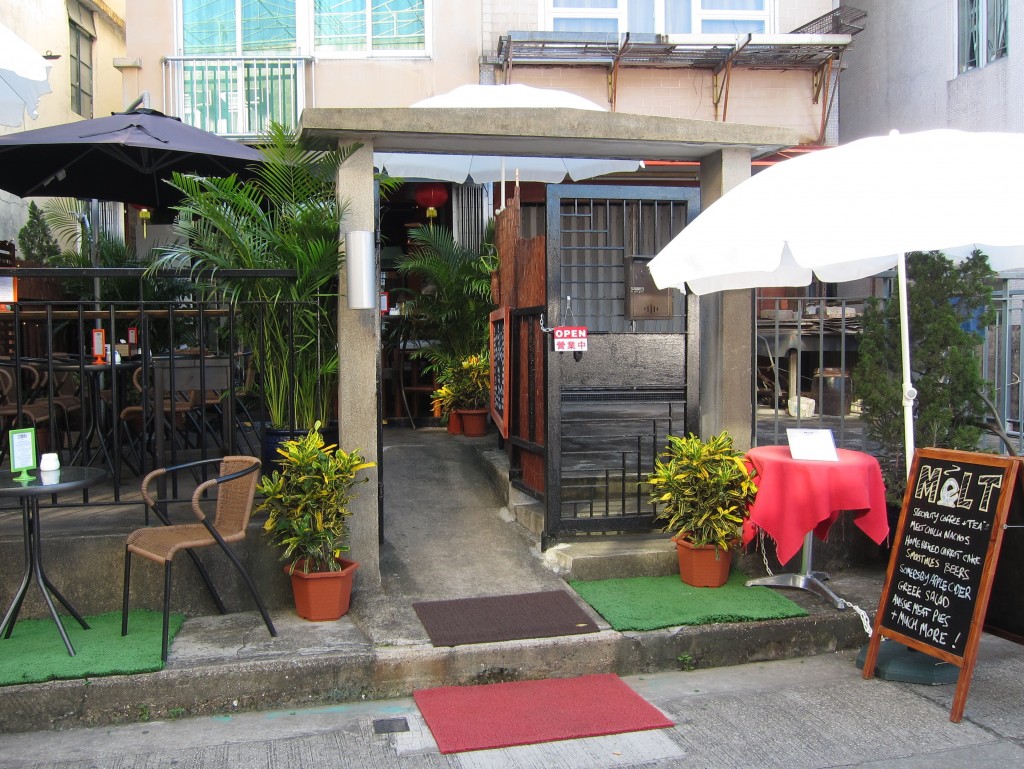
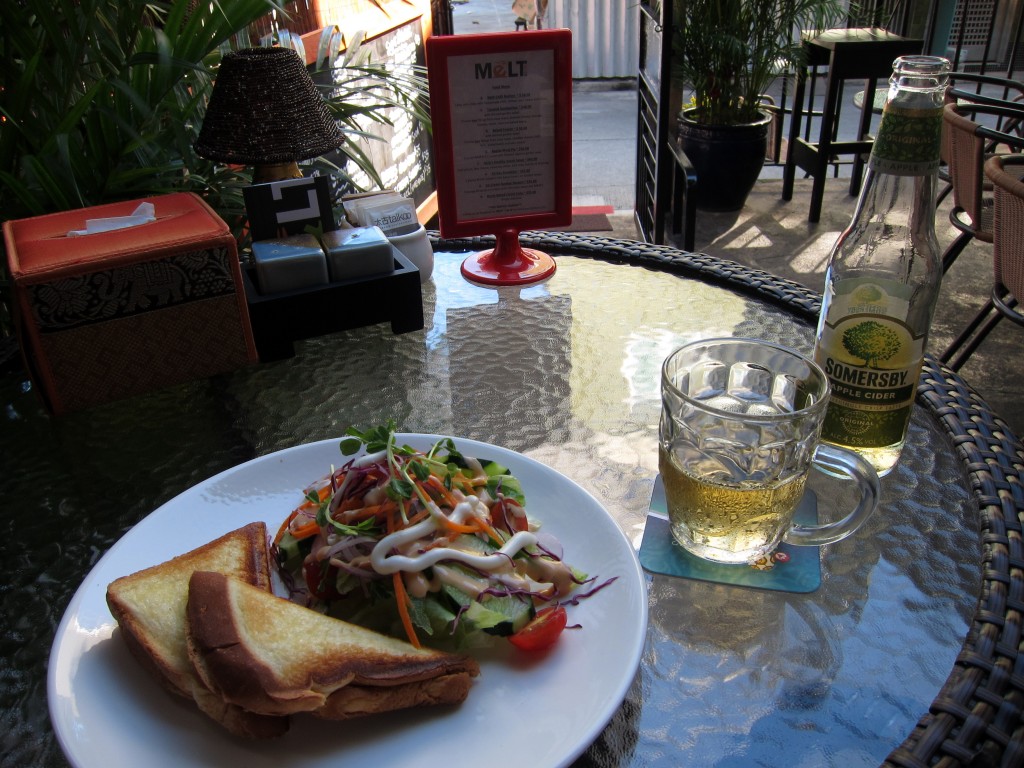
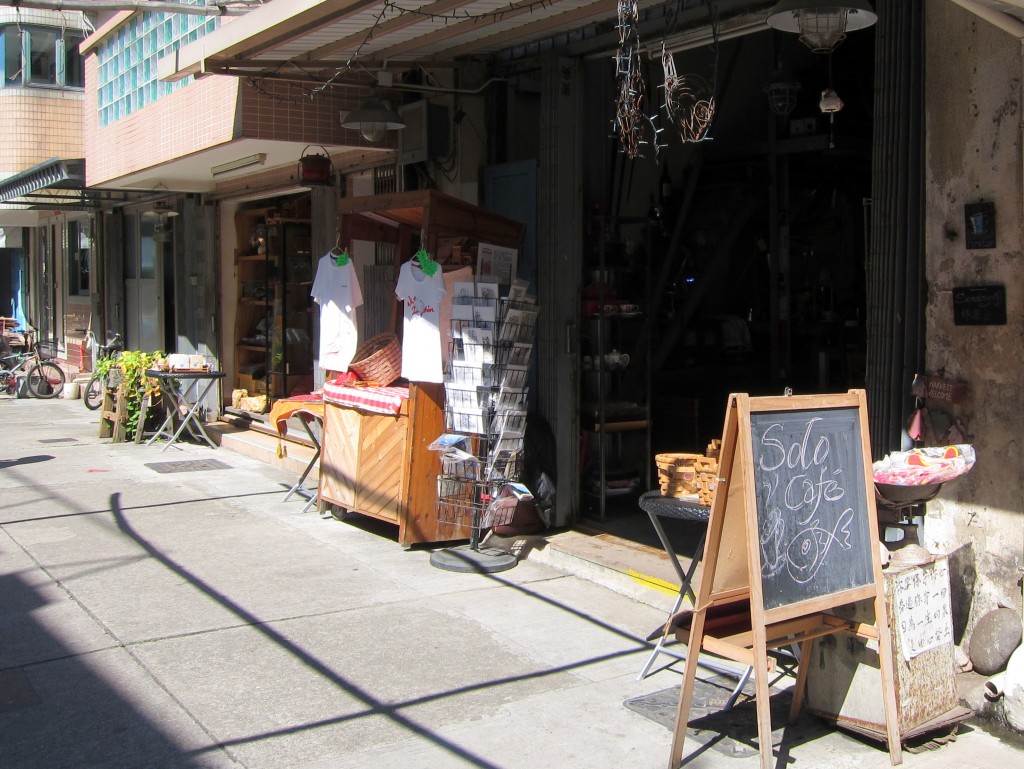
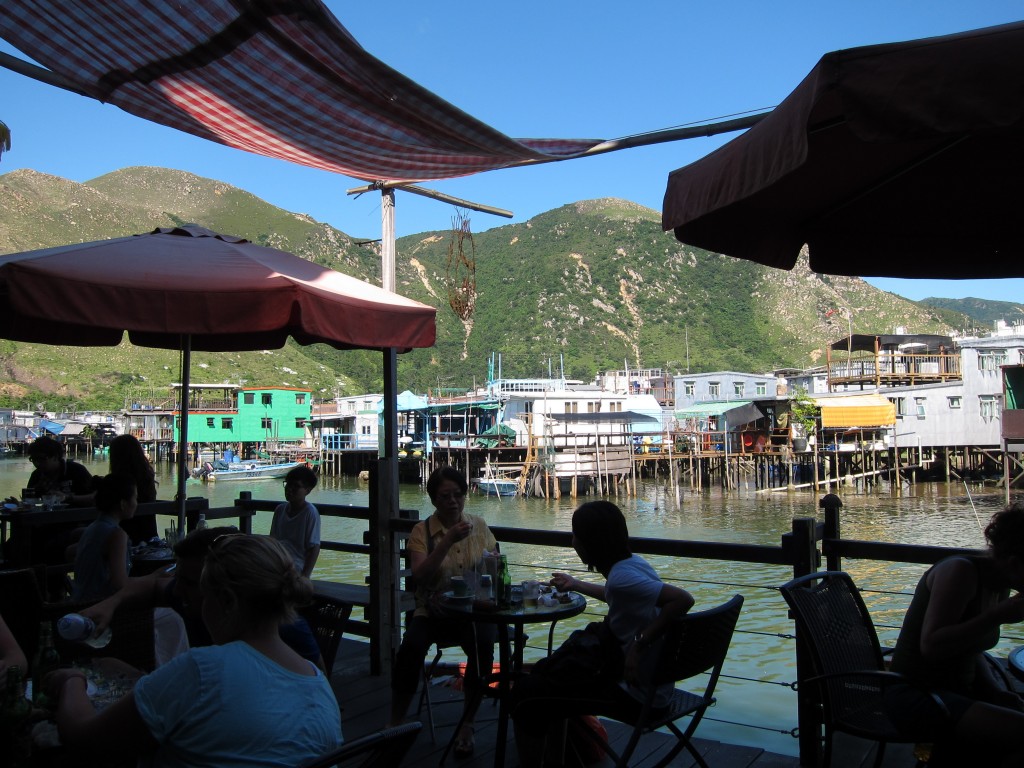
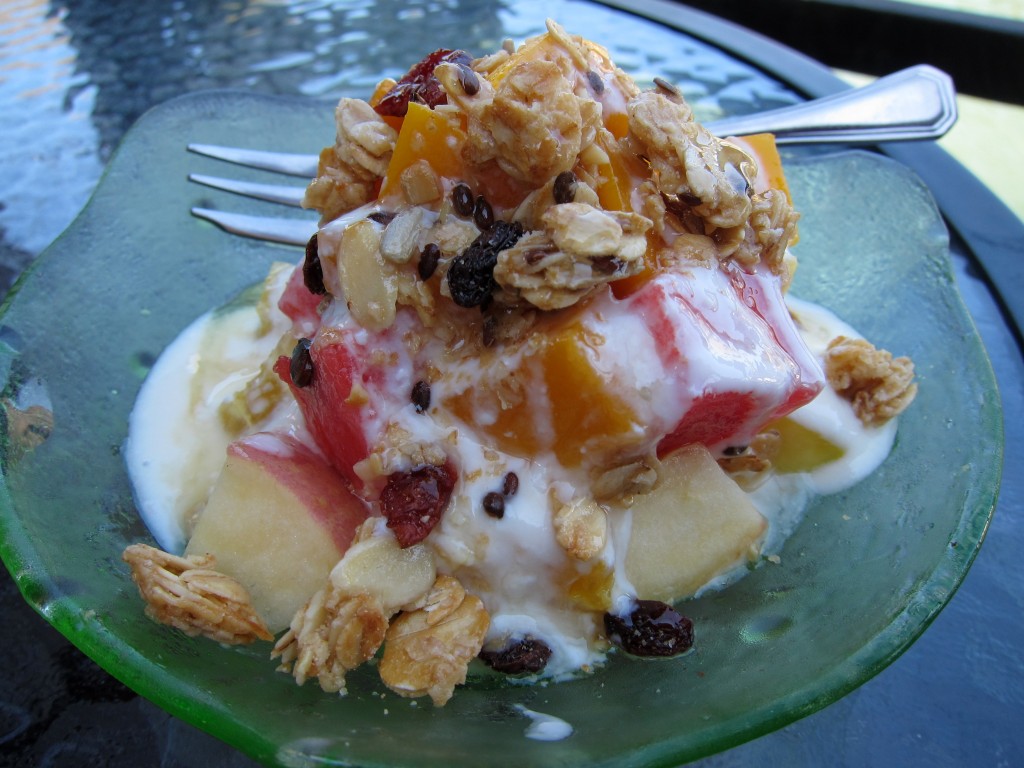
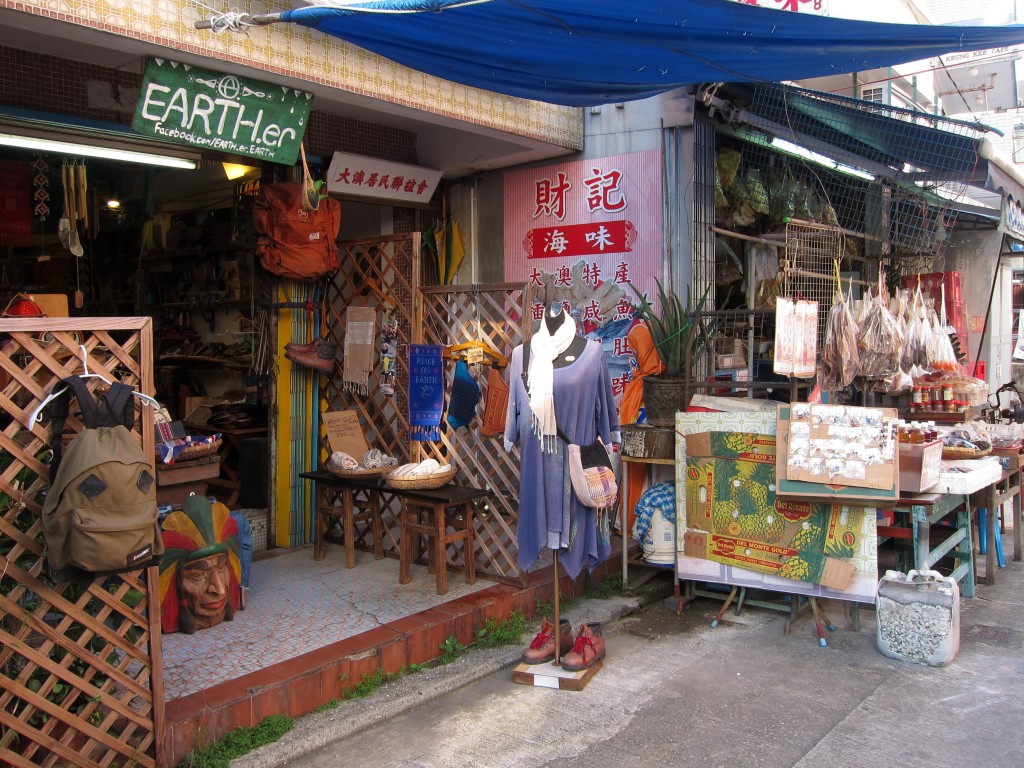
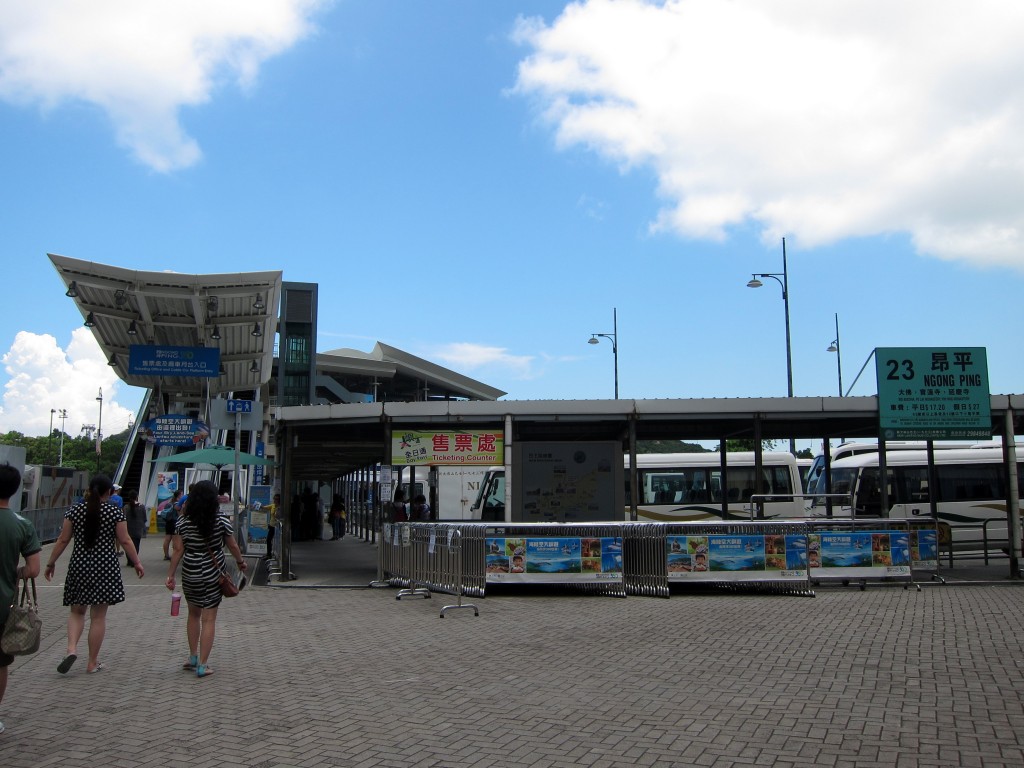
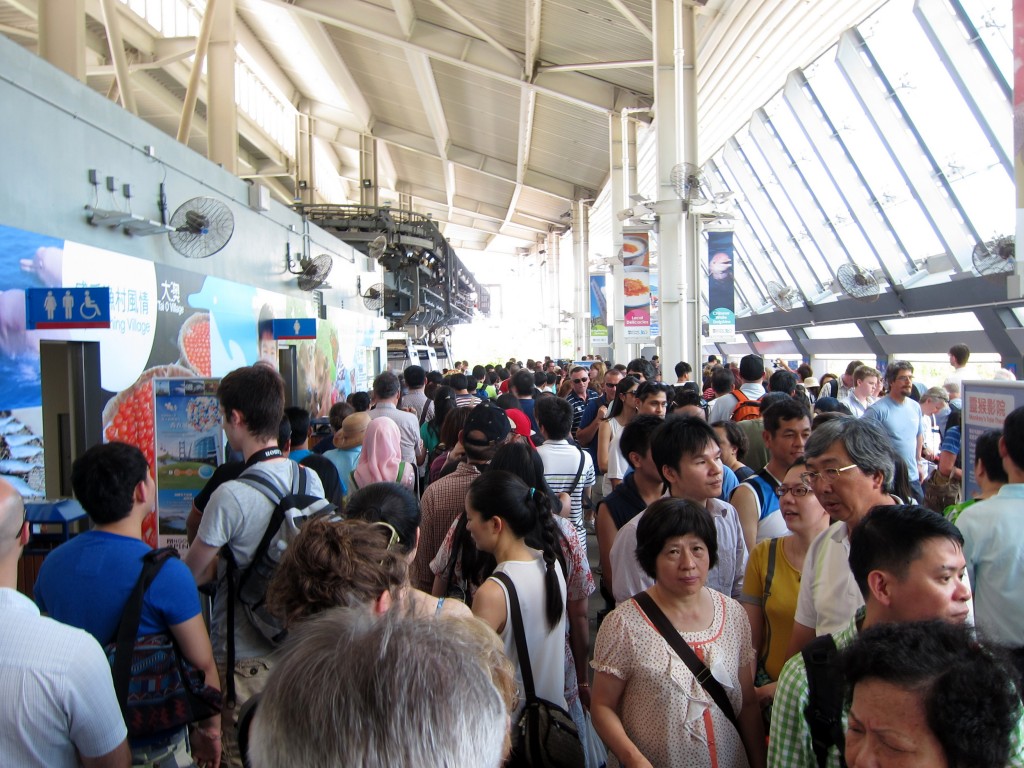
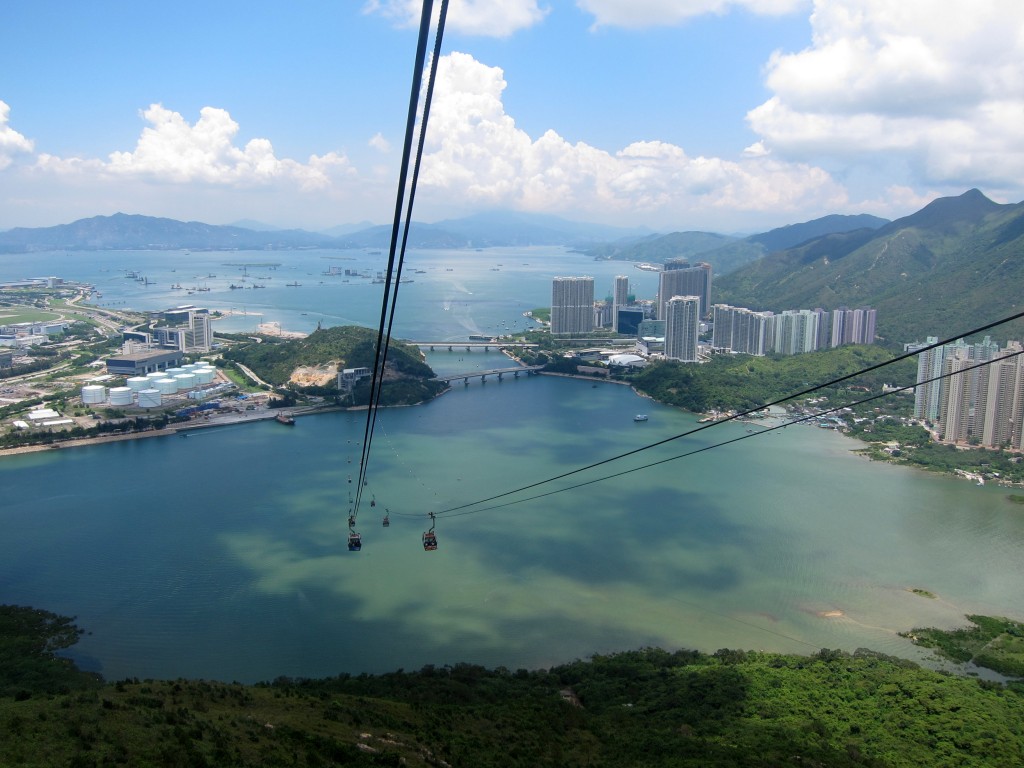
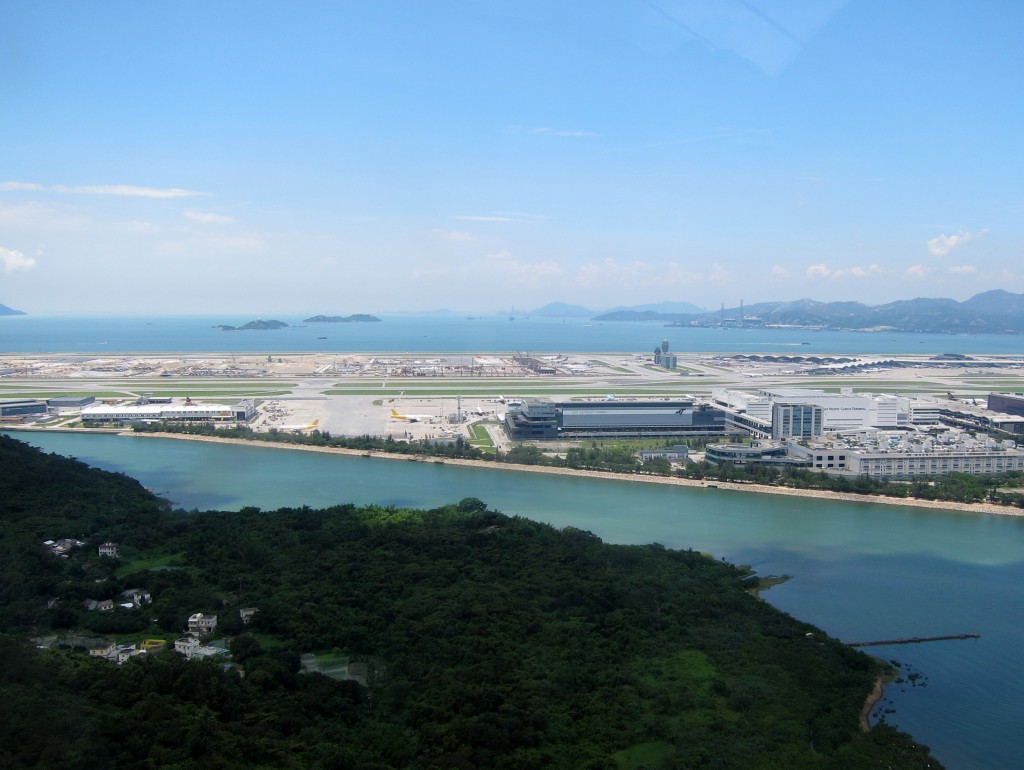
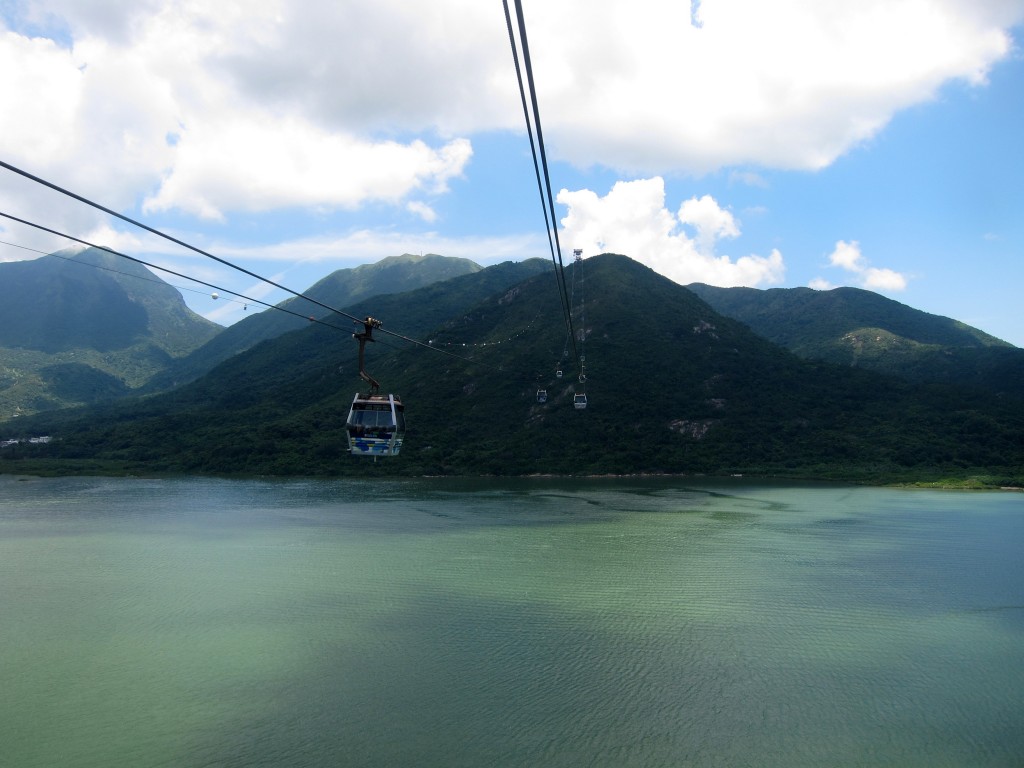
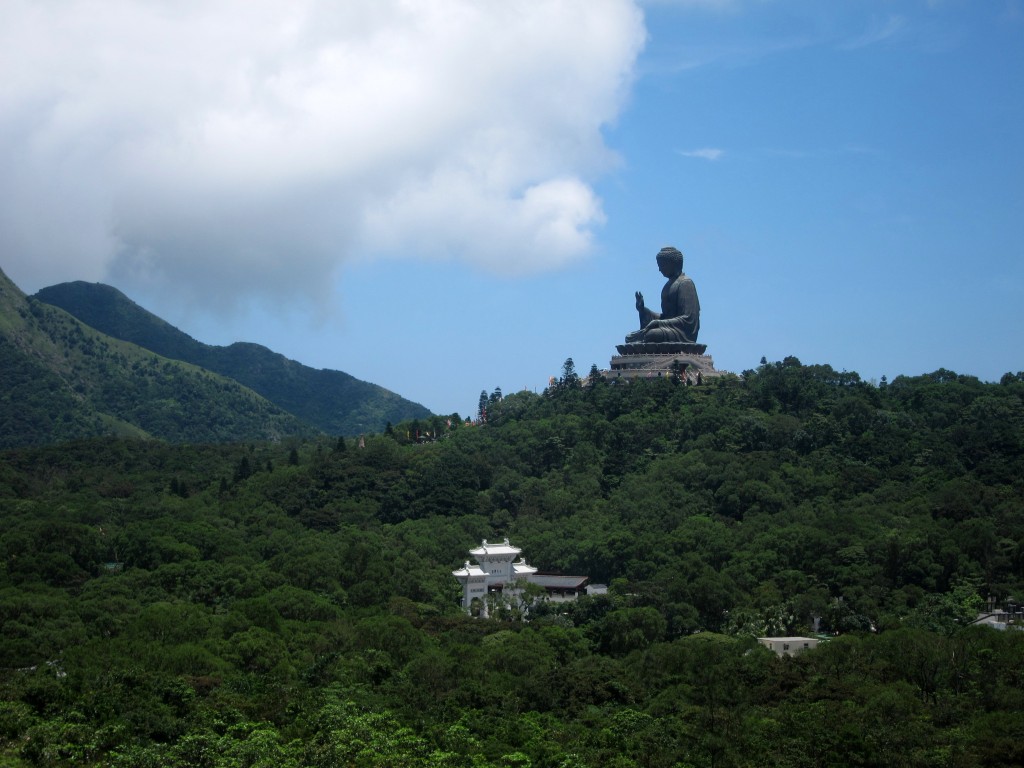
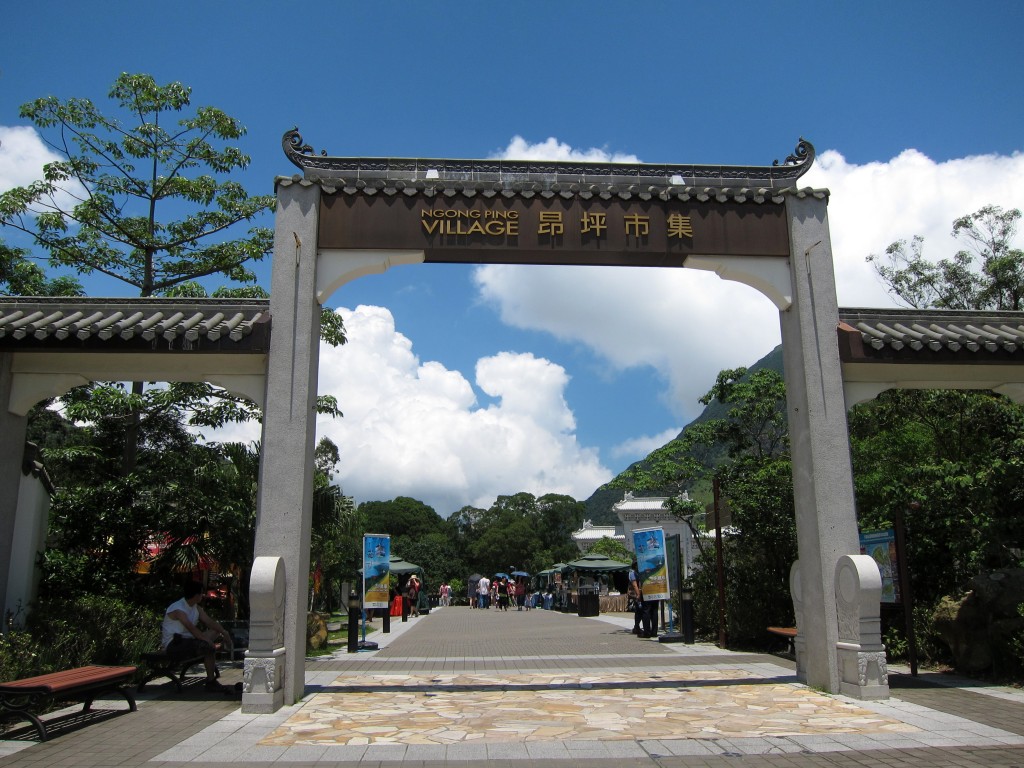
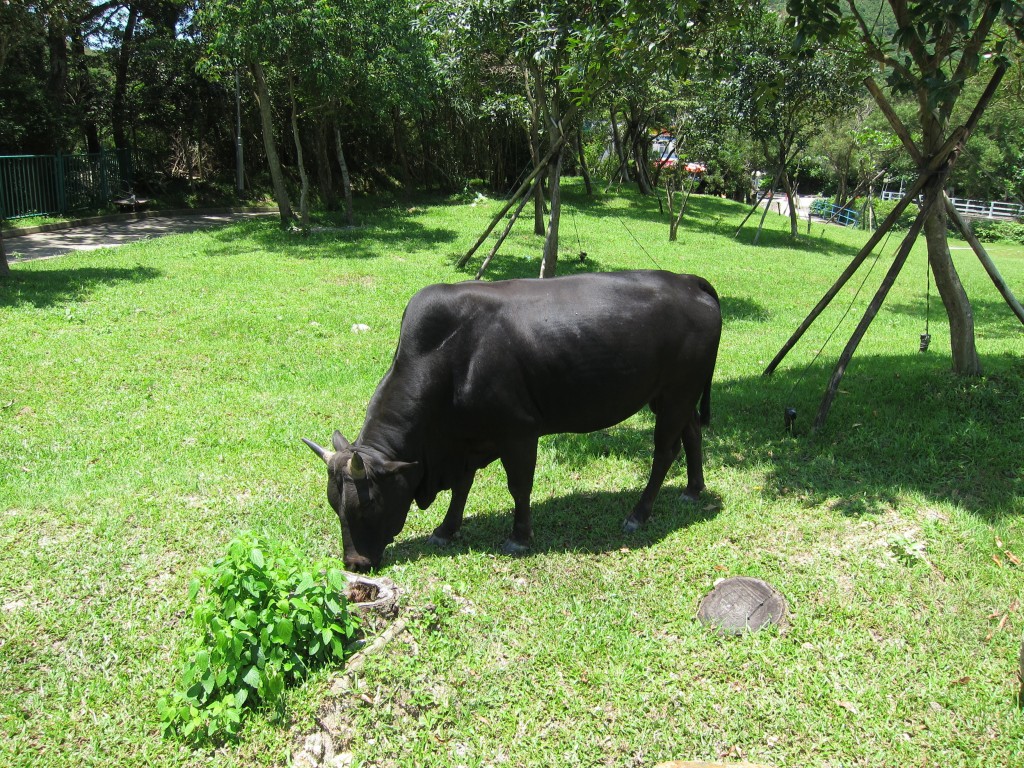
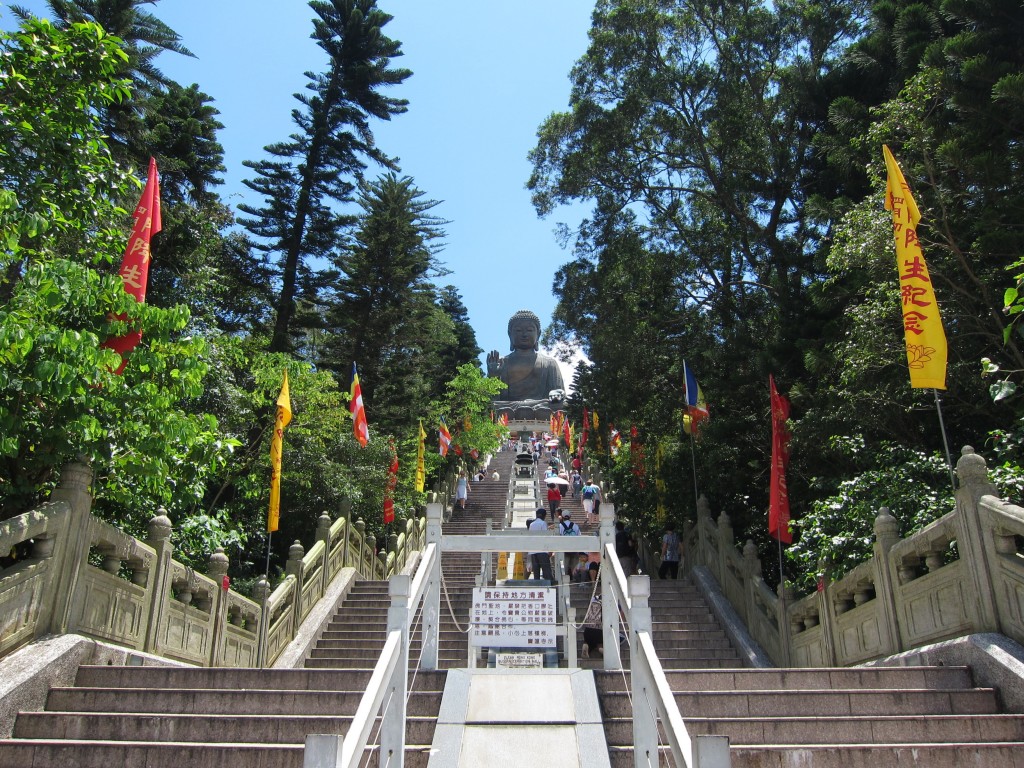
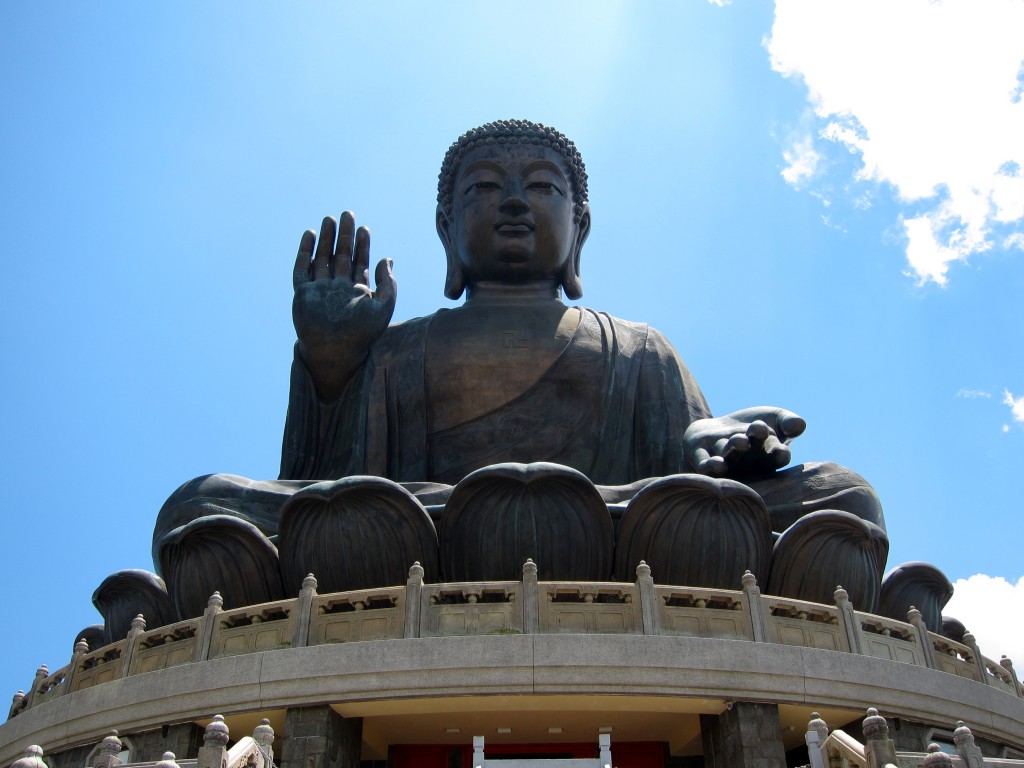
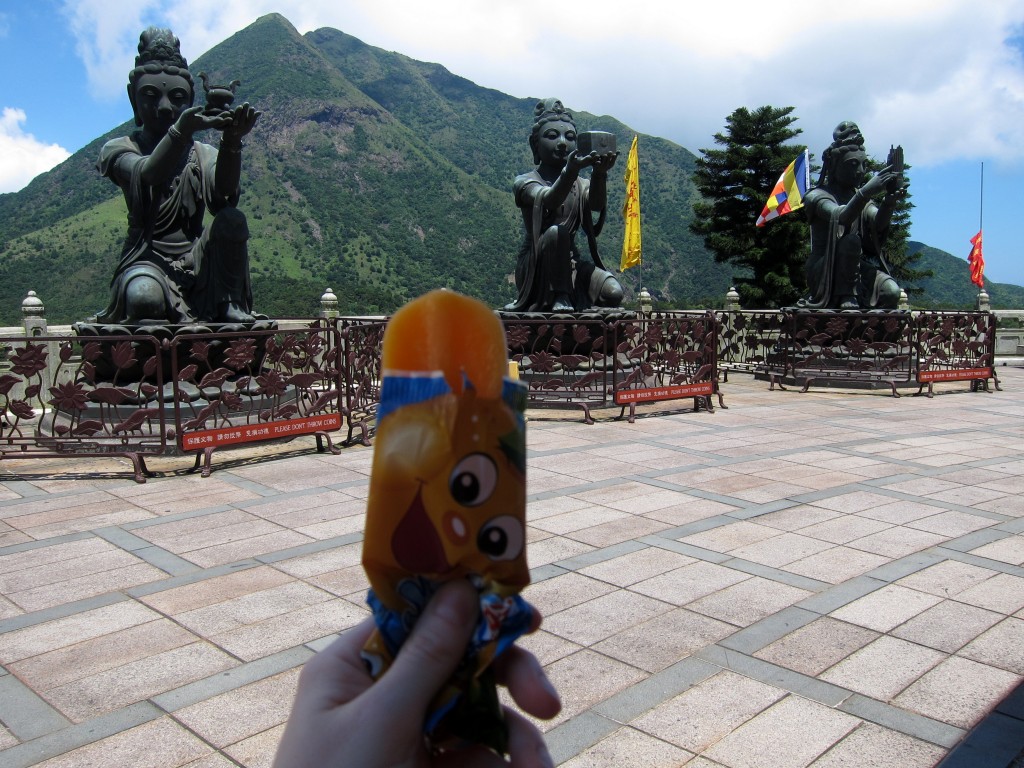
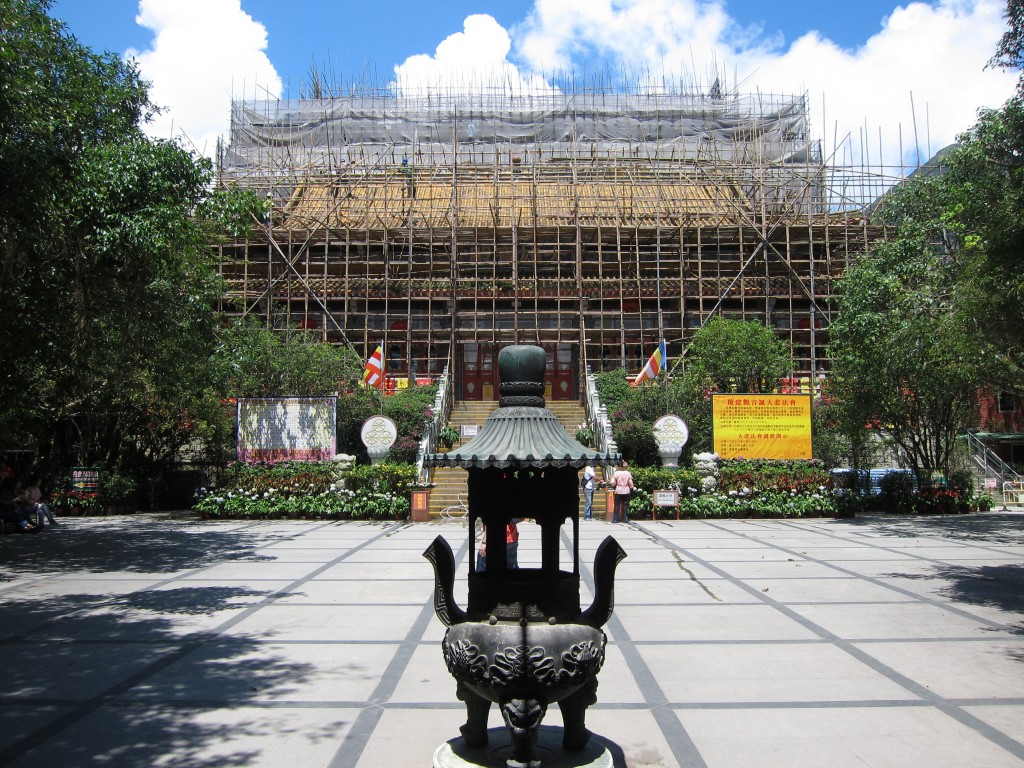
Yeah but then you wouldn’t have gotten those great pics of the bay down below? #thingswedoforblogging
This is true. The view from the cable car was incredible! Everyone in my car was really nice, too. We kept shuffling around so everyone had an opportunity to take photos from all angles.
I can’t believe we missed the Tai O fishing village. It sounds like an awesome spot! We took the bus up to Tian Tan Buddha but the view from the cable car looks spectacular. I’m not sure about waiting in all those lines though :-p
The lines were definitely awful, but the view was amazing! I’d like to take the cable car in the other direction to see if the wait times are less painful. Plus, I bet sunsets are spectacular from that vantage point!
I almost bought that ticket to the museum too, thinking it was the entrance fee to climb the stairs to Buddha! I did by some incense at the monastery to light and make wishes with. Tai O was fun, but I’m sorry I missed that restaurant you went to! I ended up eating dried fish at one of the booths.
What a delightful Village! How did you get to the island? If you didn’t have to go through all the hassle for the cable car, that would be the way to go. The views were awesome! I would have loved the Buddha but wouldn’t have been able to do the stairs. What was the view like from up there? Same as from the cable car? I would have loved this trip. Poor me!!
I took the subway to the island and the cable car to the top of the hill. The views from the Buddha weren’t as nice because of the trees blocking the way. I much preferred my time in the fishing village!
I always love how your pics capture the vibe and the atmosphere of the location… like you did nicely on this village. Do you know what they use those duck eggs for? Do you eat them like that or are they for cooking?
Thanks so much Jill! I’m really not sure about the duck eggs. On the mainland, I’ve seen eggs packaged in plastic and sold as snacks. But our food guide tour said that all the local dried seafood products were used in soups so maybe these duck eggs are too.
Found your post when I was in Hong Kong this month, and followed it on my travels to the Big Buddha. It was the perfect guide of Lantau Island. Found Solo Cafe for a nice bowl of noodles and Asahi beer. I was early to the cable cars, so hopped on one in about 10 minutes after arrival. I must have beet the lines.
Hi Jill, thanks so much for your comment! I’m glad you enjoyed your time on Lantau! And what a treat to have beat the line for the cable cars! Next time I’ll have to follow your lead and get there much earlier. Cheers!